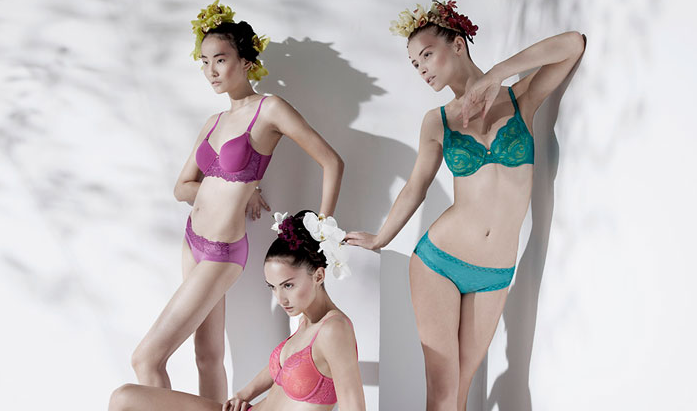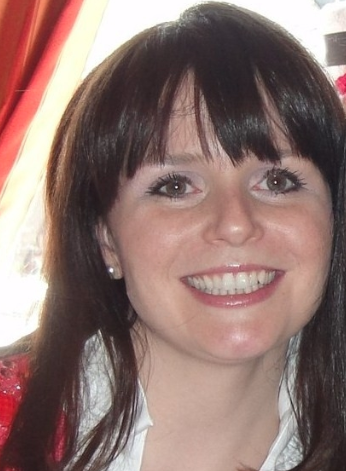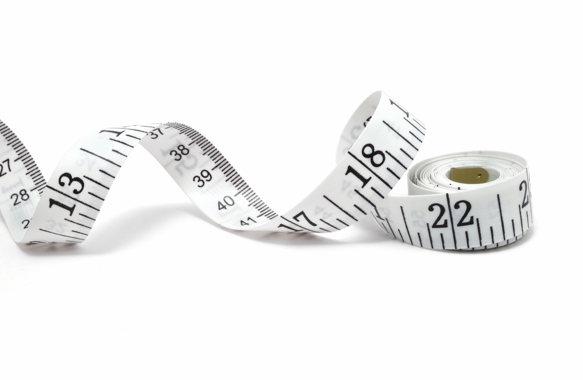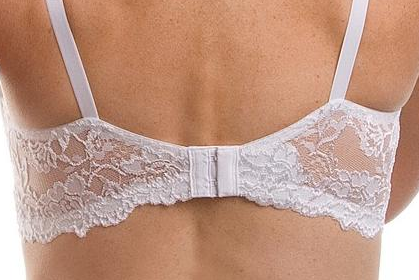I get it — I am lucky. If I want a bra, I can easily order it. Towels? PJs? Those too (thanks to my mother-in-law!). But one of the reasons why I am extremely lucky is having access to getting measured and fit FOR the right bra by one of the most amazing ladies ever! Now that is what I call lucky! Last week, I had the privilege of meeting with Lynne Reynolds to help me find the best bras and fit for my back-to-normal-post-pregnancy-just-weaned-boobs. I can’t even explain how amazing it was — her knowledge, expertise and experience was exactly what I needed to find the right bras for my now flat-chested body! Thank you, Lynne!

Not Lynne. Nor me. Models wearing Natori bras.
Lynne Reynolds is the National Fit Specialist and Manager of Retail Services for Dana-co, the licensee of Natori Intimate Apparel. Lynne is a certified bra fitter and has been in the lingerie industry for 17 years (absolutely incredible!). She helps manage a team of dozens of regional fit specialists that travel around the country helping educate store salespeople and customers on all of the amazing features of Natori, Josie, and N Natori bras Not only did she help find my bra size and three incredible Natori bras, but she answered all my questions, too!

Lynne!

So many bras to choose from!
What do you measure to get a proper bra size?

A measurement for a bra is a guideline or a starting point. I always tell my fitters that bra fitting is an art and not a science. I start by measuring around the rib cage, pulling the tape measure snug against the body. The guidelines for band size measurements are as follows: 27”-29”- 32 band, 29”-32”- 34 band, 33”-34”- 36 band, 35”-38”- 38 band, and 39”-41”- 40 band) The best way to find a properly fitting bra is to determine how the bra fits on the body.
The bra band should be low and snug and parallel to the floor, the same level all around the body. You should only be able to slide 1-2 fingers underneath the band.
For cup size, the cup should encompass all breast tissue. If the cup wrinkles or puckers, the cup is too big. If breast tissue bulges out of the cup, the cup is too small. The center gore should “tack” or lay flat against the body. If the center piece pulls out in front, you need to go up a cup size. The wire should surround the entire “footprint” of the breast. The wire should hit under the ribcage on bone, not on breast tissue.
How do you know what notch to put the bra on?
